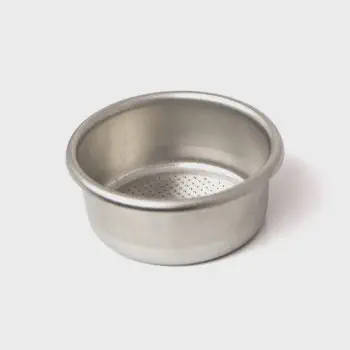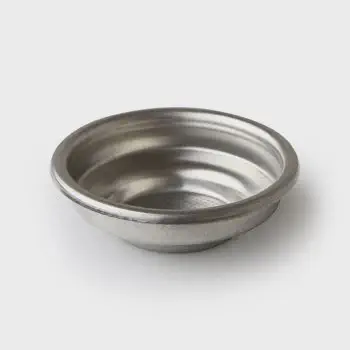How to use a lever "La Pavoni"

Discover the subtleties of the La Pavoni lever espresso machine, a jewel of Italian craftsmanship, through a practical guide that will enrich your coffee moments. Learn to master essential elements such as water temperature and bean quality to brew a flavorful espresso. Dive into the world of hand-crafted coffee and transform your daily routine into a refined and memorable experience.
The Pavoni is one of the last Italian brands that still manufactures lever espresso machines today. Its design is robust and simple: a boiler is connected to a piston, operated by a lever, to create pressure.
Owning this machine myself, I will share with you my personal protocol as well as some essential tips for making excellent coffee.
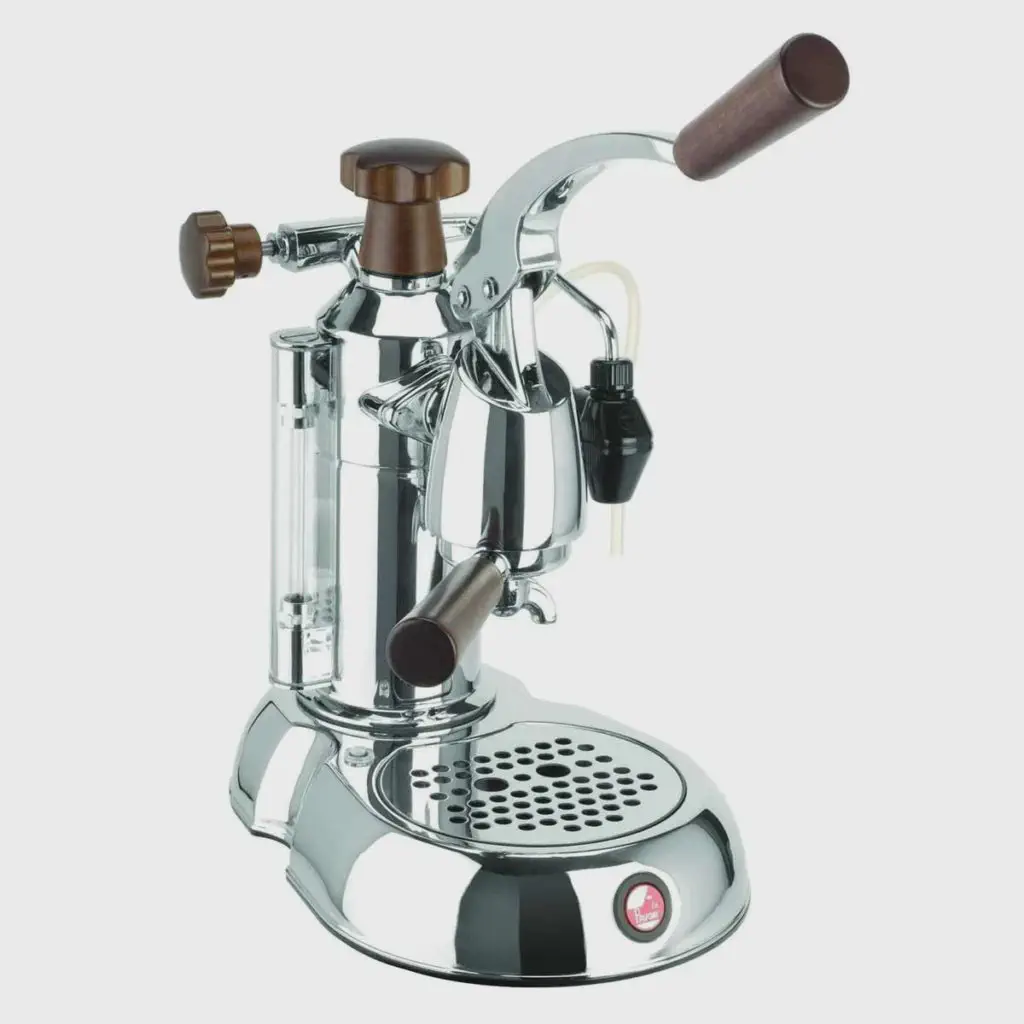
These machines were created in the 1960s and are still sold today. They have evolved very little, and it is easy to find spare parts to service them if needed. Their durability comes notably from the fact that they have no pump. Mine, for example, was built in 2002 and still works perfectly, although I bought it second-hand.
The manual and demanding aspect of these machines is very present. Here, there’s no question of simply pressing a button: you must master several variables. Once these are mastered, the result is an absolutely excellent coffee.
How to use a La Pavoni?
More up-to-date article on using a La Pavoni.
The La Pavoni was my first real espresso machine. Initially, handling it can seem difficult, as several determining variables directly influence the taste of the coffee. These principles remain valid for most espresso machines.
The essential elements to consider:
- Water temperature: a key factor on a lever Pavoni. Some purists prefer to use bottled water.
- Coffee freshness: without a pressurized filter, freshness is crucial. Ideally, grind your coffee just before extraction. Purchasing a quality grinder is essential.
- Coffee quantity: to be adjusted according to your tastes, your machine and the coffee used.
- Grind fineness and consistency: the Pavoni requires a fine and homogeneous grind. Grind consistency greatly impacts the taste, which explains the price gap between low-end and high-end grinders.
For my part, I use a Kinu grinder (see my review), set to 1:6.1 (medium roast, 80% arabica, 20% Kapi Royal). - Tamping: although less determining, poor tamping leads to uneven extraction. Some use calibrated pressure tampers for more consistency.
- The filter (1 or 2 cups): the double filter is easier and more consistent than the single filter, which tends to give more bitterness.
My recipe for using a La Pavoni lever machine
Here is my personal protocol:
- Heating time: about 30 minutes (I’m in Canada, on 110v with a 220v machine → slower heating). On 220v, expect around 5 minutes.
- Dose: 16 g of finely ground coffee with the Kinu M47, setting 1:6.1.
- Filter used: the double. Coffee properly tamped.
Steps before inserting the portafilter:
- Lift the lever to let some water flow → cleaning residue and temperature adjustment.
- Purge false steam through the wand.
- Wait a few seconds for pressure to stabilize.
Espresso preparation:
- Insert the portafilter immediately to avoid thermal shock.
- Lift the lever to let water enter and start pre-infusion (5 to 6 seconds in my case).
- Lower the lever: resistance is normal. It takes about 20 kg of pressure to reach 9 bars.
- A good espresso should flow in about 25 seconds.
Expected result: a beautiful crema.
You can then steam milk, although I prefer to do it after extraction so as not to impact boiler pressure.
A few tips
The steam wand
The original wand has 3 holes, which can complicate handling. Two solutions:
- replace with a 1-hole wand (≈$20),
- or plug 2 holes with toothpicks, which is what I personally do.
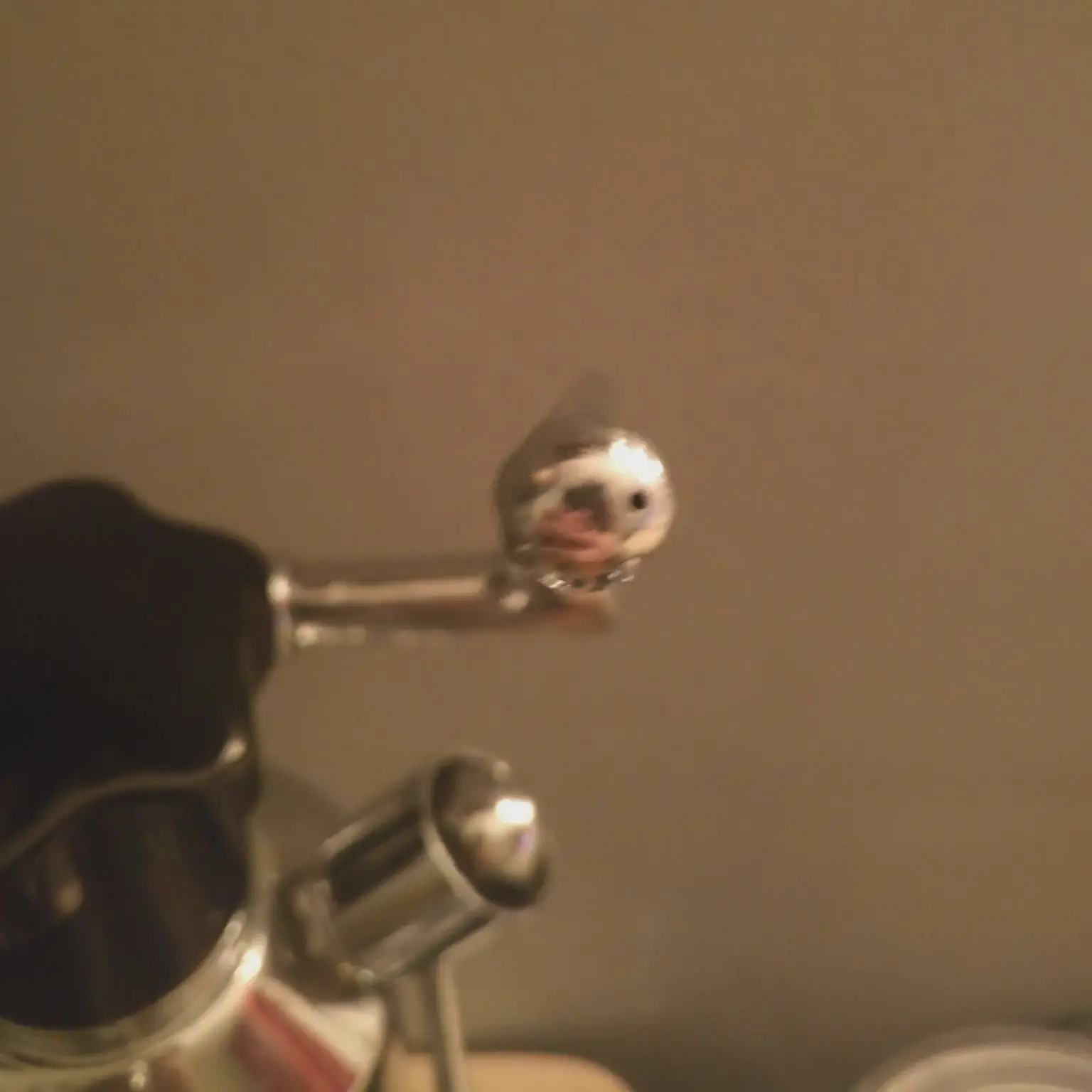
Power supply
I use a WiFi power outlet. Very practical for programming startup before I wake up or checking remotely that the machine is indeed turned off. Also ideal for turning it back on before getting home.
Heating the cup
It is highly recommended to heat your cup to avoid thermal shock. Two methods:
- place the cup on the lever during heating,
- or use it with the steam wand.
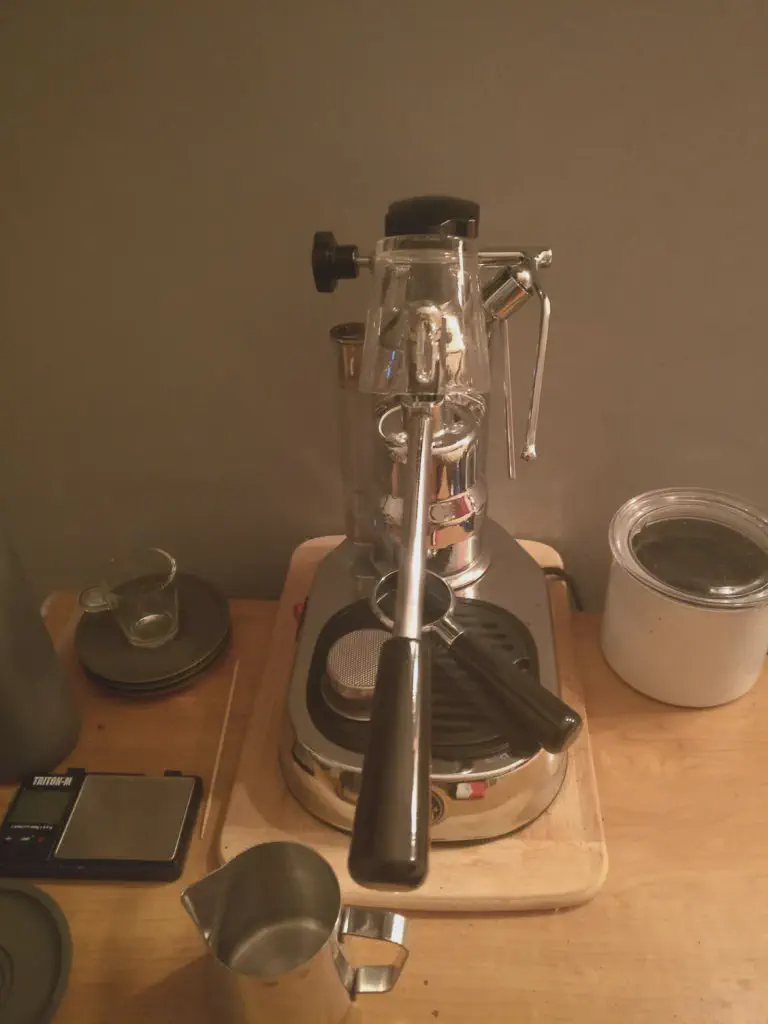
Recent Update
I recently disassembled my machine to check its condition. Big surprise: despite my regular descaling, an impressive amount of limescale remained. I describe this experience in detail in this article.
If you have any questions, tips or feedback, feel free to share them in the comments 😊.
